Home>Gardening & Outdoor>Landscaping Ideas>How To Identify Coastal Bermuda Grass
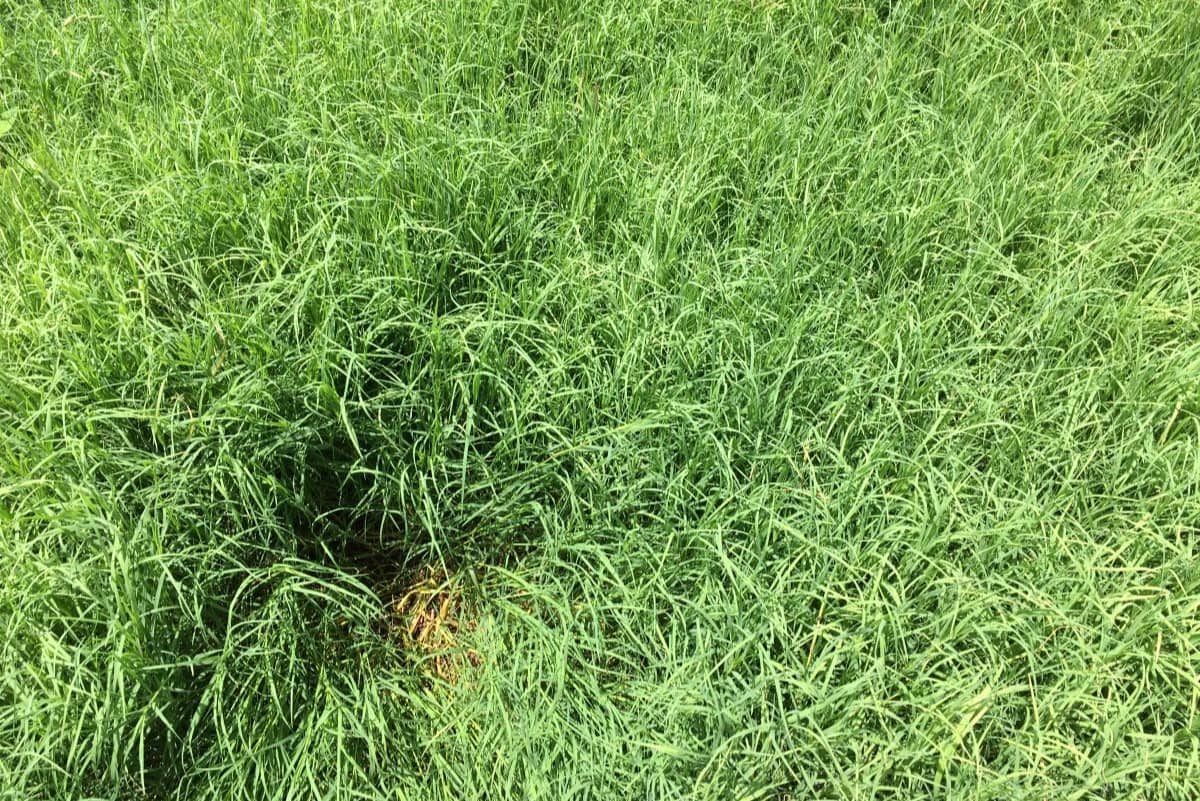

Landscaping Ideas
How To Identify Coastal Bermuda Grass
Modified: May 6, 2024
Learn how to identify coastal Bermuda grass for your landscaping ideas. Discover tips for distinguishing this popular grass variety.
(Many of the links in this article redirect to a specific reviewed product. Your purchase of these products through affiliate links helps to generate commission for Storables.com, at no extra cost. Learn more)
**
Introduction
**
When it comes to creating a lush and vibrant landscape, the type of grass you choose plays a pivotal role in the overall aesthetic and functionality of the outdoor space. Coastal Bermuda grass, known for its resilience and adaptability, is a popular choice for lawns, pastures, and erosion control in coastal regions and beyond. Understanding the distinctive characteristics of this grass, as well as how to identify it, can empower homeowners, landscapers, and agricultural professionals to make informed decisions regarding their green spaces.
In this comprehensive guide, we will delve into the defining features of Coastal Bermuda grass, explore effective methods for identifying it, and shed light on its preferred growing conditions. Additionally, we will uncover the myriad benefits and practical uses of this versatile grass variety, providing valuable insights for anyone seeking to incorporate it into their landscaping or agricultural endeavors.
So, whether you are a homeowner striving for a resilient and visually appealing lawn, a farmer aiming to maximize forage production, or a landscaping enthusiast eager to explore new options, this article will equip you with the knowledge needed to recognize, cultivate, and leverage the remarkable qualities of Coastal Bermuda grass. Let's embark on a journey to unravel the secrets of this remarkable grass species and discover the wealth of possibilities it offers for enhancing outdoor spaces and agricultural landscapes.
Key Takeaways:
- Coastal Bermuda grass is a tough and adaptable grass that can thrive in coastal areas and beyond. It’s great for creating lush lawns, providing food for livestock, and preventing soil erosion.
- You can identify Coastal Bermuda grass by its fine-textured leaves, rich green color, and ability to withstand drought and salt. It’s a versatile grass that offers many benefits for outdoor spaces.
Read more: How To Plug Bermuda Grass
Characteristics of Coastal Bermuda Grass
Coastal Bermuda grass, scientifically classified as Cynodon dactylon, is renowned for its robust nature and exceptional adaptability to various environmental conditions. Understanding the key characteristics of this resilient grass variety is essential for harnessing its full potential in landscaping and agricultural applications.
1. Growth Pattern:
Coastal Bermuda grass is a warm-season perennial grass that exhibits vigorous growth during the warmer months. Its growth habit is characterized by extensive rhizomes and stolons, enabling it to form dense, lush mats of turf that effectively crowd out weeds and withstand heavy foot traffic.
2. Leaf Structure:
The leaf blades of Coastal Bermuda grass are fine-textured and narrow, measuring approximately 1-4 mm in width and 2-15 cm in length. This fine texture contributes to the grass's overall visual appeal and soft, carpet-like feel.
3. Color and Density:
This grass variety is prized for its rich green color, which adds vibrancy to lawns and pastures. Additionally, Coastal Bermuda grass forms dense and uniform stands, creating a visually pleasing and resilient turf.
4. Drought Tolerance:
One of the most notable attributes of Coastal Bermuda grass is its exceptional drought tolerance. It can thrive in arid environments and withstand prolonged periods of limited rainfall, making it an ideal choice for regions prone to drought conditions.
5. Salt Tolerance:
Coastal Bermuda grass exhibits a remarkable ability to tolerate moderate levels of soil salinity, making it well-suited for coastal areas where saltwater intrusion and high salinity levels pose challenges for many other plant species.
6. Nutritional Value:
In agricultural settings, Coastal Bermuda grass is valued for its high nutritional content, making it an excellent choice for forage production. It provides a valuable food source for livestock, offering a balanced blend of proteins, carbohydrates, and essential nutrients.
7. Winter Dormancy:
While Coastal Bermuda grass thrives in warm climates, it undergoes dormancy during the winter months in cooler regions. This natural dormancy allows the grass to conserve energy and reemerge vigorously when temperatures rise, contributing to its long-term sustainability.
Understanding these key characteristics of Coastal Bermuda grass is essential for harnessing its full potential in landscaping and agricultural applications. Whether used for creating resilient lawns, providing forage for livestock, or controlling erosion, this versatile grass variety offers a host of benefits for diverse outdoor environments. Now that we've explored its defining features, let's delve into effective methods for identifying Coastal Bermuda grass in various settings.
Identifying Coastal Bermuda Grass
Recognizing Coastal Bermuda grass amidst a variety of turfgrasses and native species is a valuable skill for homeowners, landscapers, and agricultural professionals. By familiarizing oneself with the distinctive traits and growth patterns of this resilient grass variety, one can confidently identify and leverage its advantages in diverse settings.
1. Leaf Characteristics:
Coastal Bermuda grass can be identified by its fine-textured, narrow leaf blades, which typically measure 1-4 mm in width and 2-15 cm in length. The leaves are often folded in the bud, creating a distinctive appearance that sets this grass apart from other species.
2. Rhizomes and Stolons:
This grass variety spreads through an extensive network of rhizomes and stolons, which contribute to its aggressive growth habit and the formation of dense, interconnected turf mats. When examining a grass specimen, the presence of rhizomes and stolons is a key indicator of Coastal Bermuda grass.
3. Growth Habit:
Coastal Bermuda grass exhibits a prostrate growth habit, with stolons that root at nodes and give rise to new plants. This growth pattern results in the formation of thick, sod-forming turf that effectively crowds out weeds and withstands heavy use.
4. Color and Texture:
The rich green color and fine texture of Coastal Bermuda grass contribute to its visual appeal and distinguish it from other grass species. When compared to coarser or lighter-colored grasses, its distinct color and texture make it easily recognizable.
5. Environmental Adaptability:
In coastal regions and beyond, Coastal Bermuda grass demonstrates exceptional adaptability to various environmental conditions, including drought, heat, and moderate soil salinity. Its ability to thrive in challenging environments is a testament to its resilience and makes it a sought-after choice for diverse landscapes.
6. Winter Dormancy:
During the winter months, Coastal Bermuda grass undergoes dormancy in cooler regions, temporarily halting its growth. This natural response to cooler temperatures is a characteristic feature of this warm-season grass and aids in its long-term survival and vigor.
By familiarizing oneself with these identifying features, one can confidently discern Coastal Bermuda grass from other turfgrasses and native species. Whether inspecting a lawn, pastures, or natural landscapes, the ability to recognize and leverage the unique traits of this resilient grass variety empowers individuals to make informed decisions regarding landscaping, forage production, and erosion control.
Now that we've explored the effective methods for identifying Coastal Bermuda grass, let's delve into the preferred growing conditions and geographical distribution of this versatile grass species.
Look for grass with flat, wide blades and a distinctive V-shaped groove on the upper side of the leaf. Coastal Bermuda grass also has a creeping growth habit and forms dense, low-lying mats.
Where Coastal Bermuda Grass Grows
Coastal Bermuda grass, known for its adaptability and resilience, thrives in diverse environments, making it a versatile choice for a wide range of landscaping and agricultural applications. Understanding the preferred growing conditions and geographical distribution of this grass species is essential for harnessing its full potential and maximizing its benefits in various settings.
1. Geographical Distribution:
Coastal Bermuda grass is commonly found in warm, tropical, and subtropical regions, thriving in areas with ample sunlight and moderate to high temperatures. It is widely distributed in the southern United States, including states such as Texas, Florida, and Georgia, where the climate is conducive to its vigorous growth.
2. Soil Requirements:
This grass variety exhibits a preference for well-drained soils with good fertility. It can thrive in a variety of soil types, including sandy loam, clay loam, and silt loam, provided that the soil offers adequate drainage and essential nutrients for sustained growth and development.
3. Sunlight and Shade Tolerance:
Coastal Bermuda grass is well-suited to full sunlight and exhibits excellent tolerance to heat and intense sunlight. While it prefers sunny conditions, it can also tolerate partial shade, making it a versatile option for landscapes with varying light exposure.
4. Climatic Adaptability:
This grass variety is renowned for its ability to withstand drought conditions, making it an ideal choice for regions prone to limited rainfall and water scarcity. Additionally, Coastal Bermuda grass exhibits resilience in the face of high temperatures, thriving in climates characterized by long, hot summers.
5. Coastal and Inland Environments:
True to its name, Coastal Bermuda grass is well-suited for coastal environments, demonstrating remarkable tolerance to moderate soil salinity and salt spray. Its adaptability extends to inland regions as well, where it can be utilized for pasture establishment, erosion control, and landscaping with equal efficacy.
6. Agricultural and Pastureland:
In agricultural settings, Coastal Bermuda grass is widely cultivated for forage production, providing a valuable food source for livestock such as cattle and horses. Its high nutritional value and resilient growth make it an indispensable component of pastureland in many regions.
By understanding the geographical distribution and preferred growing conditions of Coastal Bermuda grass, individuals can make informed decisions regarding its incorporation into landscaping, pasture management, and erosion control initiatives. Whether used to create lush lawns, establish productive pastures, or mitigate soil erosion, this versatile grass species offers a host of benefits for diverse outdoor environments.
Now that we've explored the geographical distribution and growing preferences of Coastal Bermuda grass, let's uncover the myriad benefits and practical uses of this resilient grass variety.
Benefits and Uses of Coastal Bermuda Grass
Coastal Bermuda grass, revered for its resilience and adaptability, offers a myriad of benefits and practical uses in landscaping, agriculture, and environmental conservation. From creating lush, resilient lawns to providing valuable forage for livestock, this versatile grass variety plays a vital role in enhancing outdoor spaces and supporting sustainable land management practices.
1. Lush and Resilient Lawns:
Coastal Bermuda grass is a popular choice for homeowners seeking to establish lush, visually appealing lawns. Its fine-textured blades, rich green color, and dense growth habit contribute to the creation of vibrant and resilient turf that can withstand heavy foot traffic and maintain its aesthetic appeal throughout the warm seasons.
2. Erosion Control:
Due to its vigorous growth and extensive root system, Coastal Bermuda grass is utilized for erosion control in various landscapes. Its ability to form dense, interconnected mats of turf helps stabilize soil and prevent erosion, making it an invaluable asset in conservation efforts and land reclamation projects.
3. Forage Production:
In agricultural settings, Coastal Bermuda grass is cultivated for forage production, providing a nutrient-rich food source for livestock such as cattle and horses. Its high nutritional value, resilience to grazing, and prolific growth make it an essential component of pastureland and contribute to the sustainable management of grazing areas.
4. Soil Improvement:
The extensive root system of Coastal Bermuda grass aids in soil improvement by enhancing soil structure and promoting better water infiltration. As the roots penetrate the soil, they contribute to aeration and organic matter accumulation, fostering healthier soil conditions and supporting overall land productivity.
5. Wildlife Habitat:
The dense turf formed by Coastal Bermuda grass provides habitat and cover for various wildlife species, contributing to biodiversity and ecological balance in natural landscapes. Its role in creating suitable habitats for small mammals, birds, and insects underscores its ecological significance beyond its utilitarian uses.
6. Drought Resistance:
Coastal Bermuda grass exhibits exceptional drought resistance, making it an ideal choice for landscapes and pastures in regions prone to water scarcity. Its ability to maintain growth and vitality during dry periods contributes to water conservation efforts and sustainable land management practices.
By harnessing the benefits and practical uses of Coastal Bermuda grass, individuals can enhance the visual appeal of outdoor spaces, support sustainable agriculture, and contribute to environmental conservation efforts. Whether utilized for creating resilient lawns, providing forage for livestock, or mitigating soil erosion, this versatile grass variety offers a wealth of opportunities for improving landscapes and promoting land stewardship.
With a deep understanding of the benefits and uses of Coastal Bermuda grass, individuals can make informed decisions regarding its incorporation into diverse outdoor environments, leveraging its remarkable qualities to achieve both aesthetic and functional objectives.
Curious about the broader family of Bermuda grass? Dig deeper with our detailed guide on Bermuda grass. Learn all there is to know about its types, care requirements, and optimal environments for growth. Whether you’re a seasoned gardener or a beginner looking to spruce up your yard, this guide provides essential insights and practical advice to help you cultivate a lush, vibrant lawn.
Frequently Asked Questions about How To Identify Coastal Bermuda Grass
Was this page helpful?
At Storables.com, we guarantee accurate and reliable information. Our content, validated by Expert Board Contributors, is crafted following stringent Editorial Policies. We're committed to providing you with well-researched, expert-backed insights for all your informational needs.
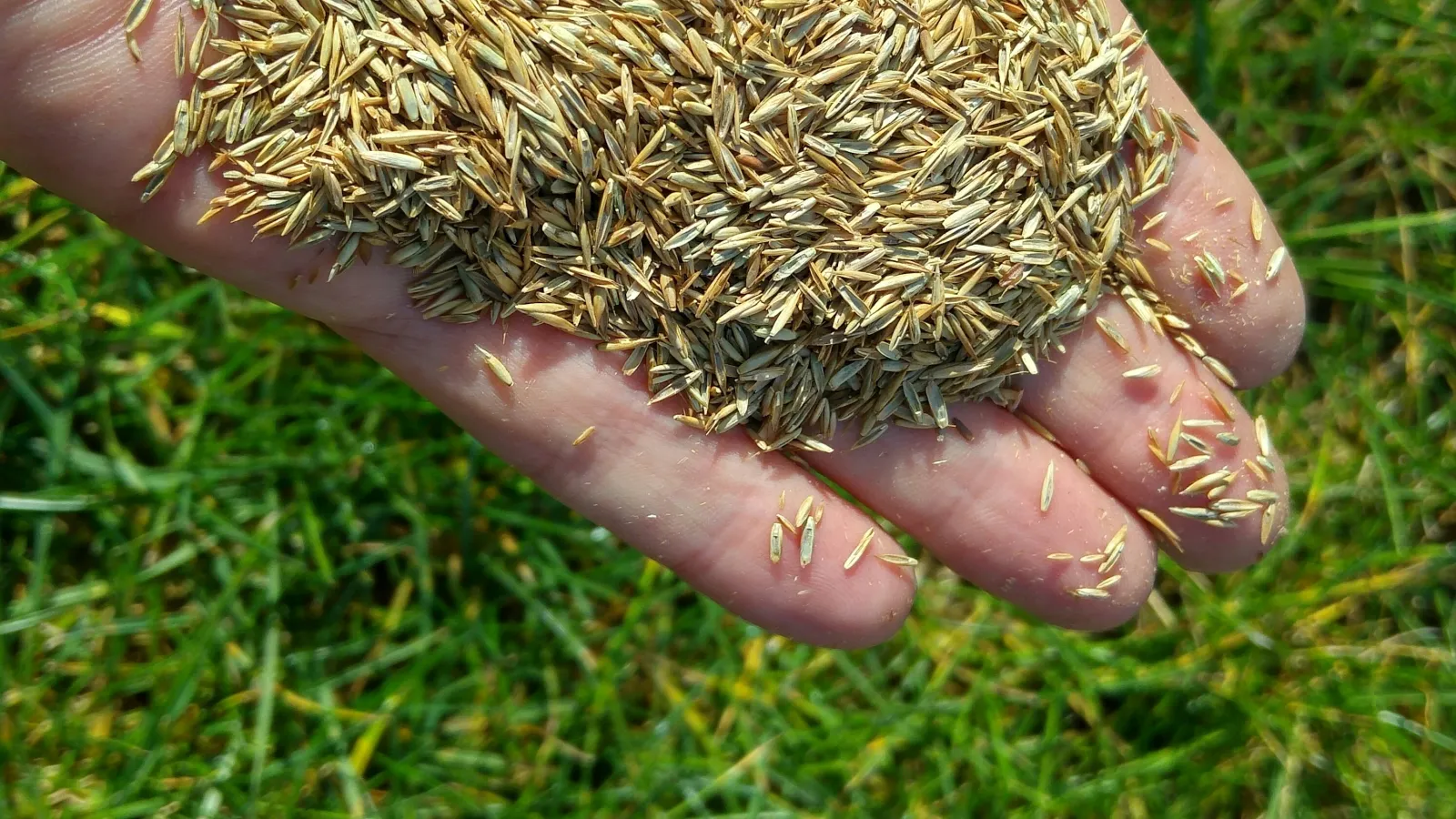
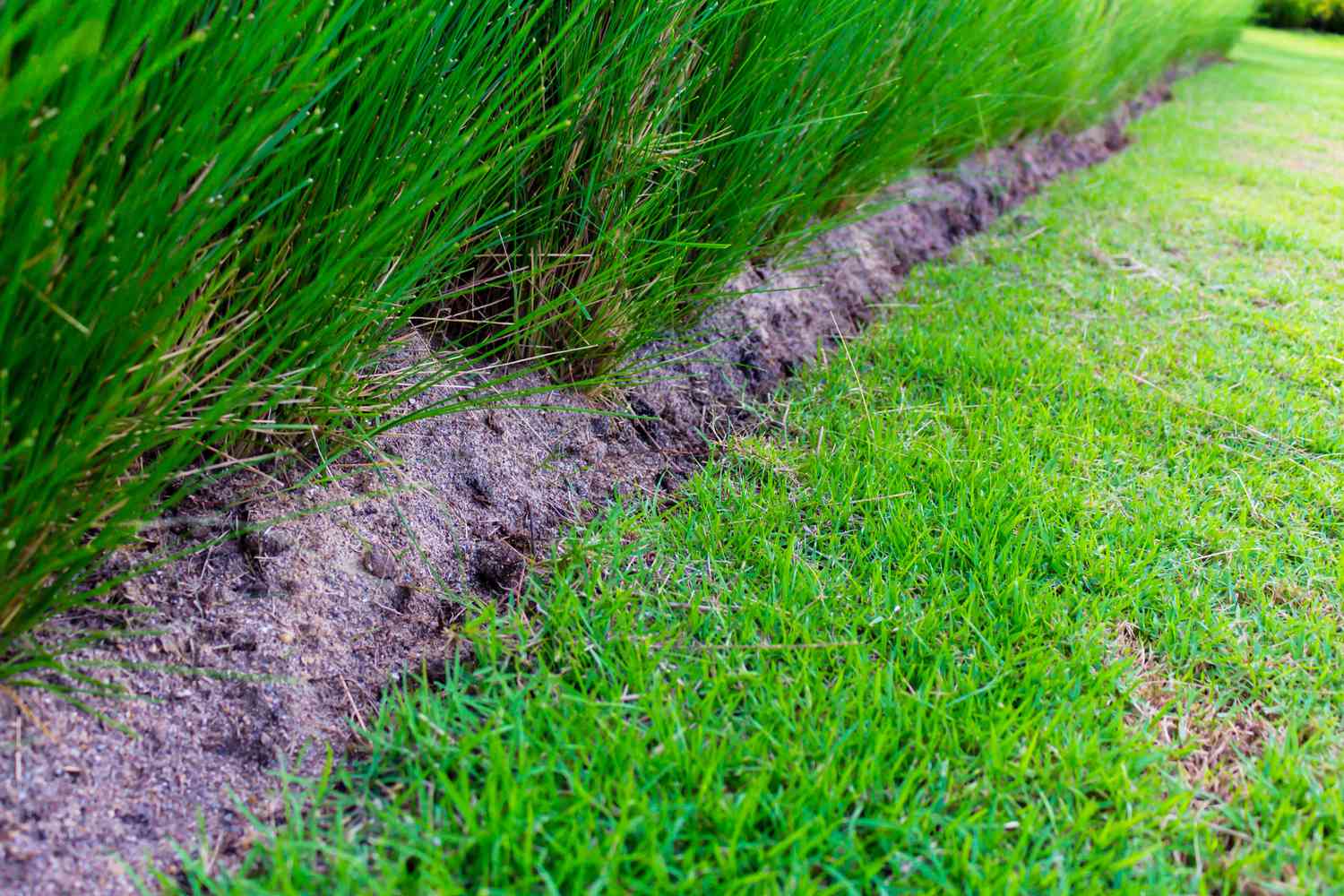
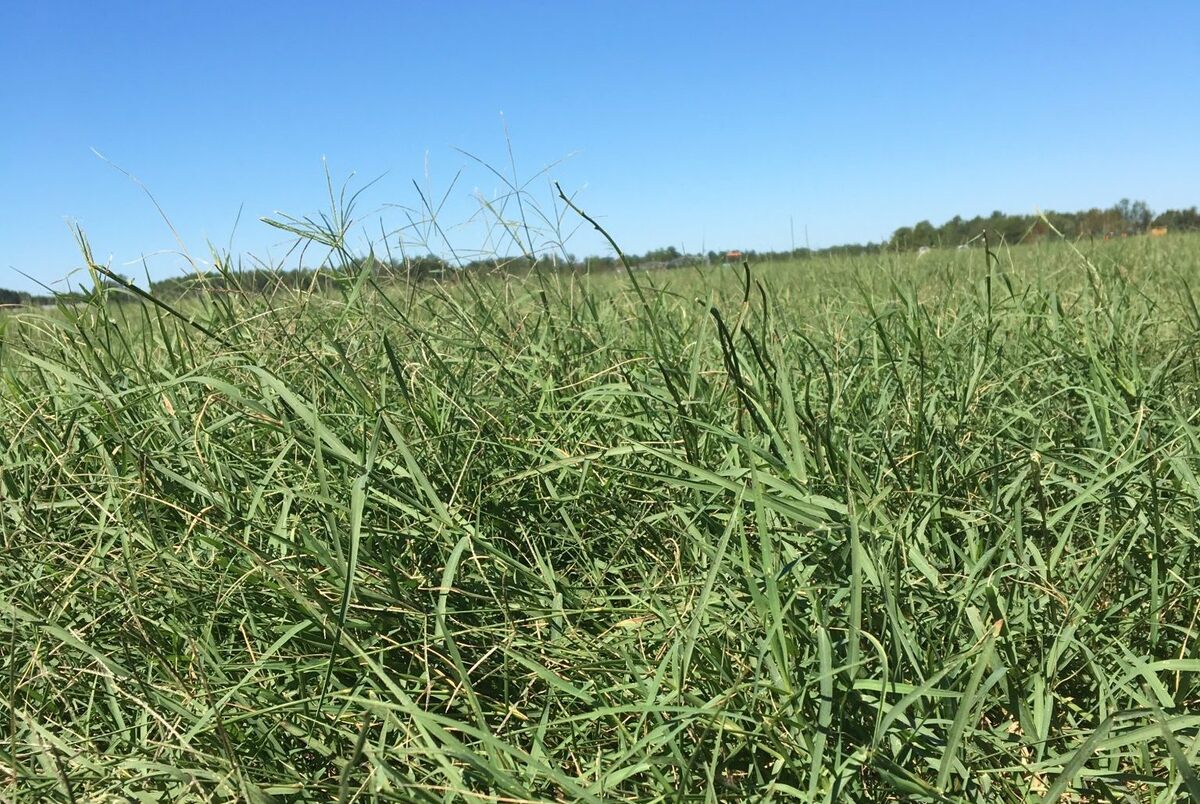
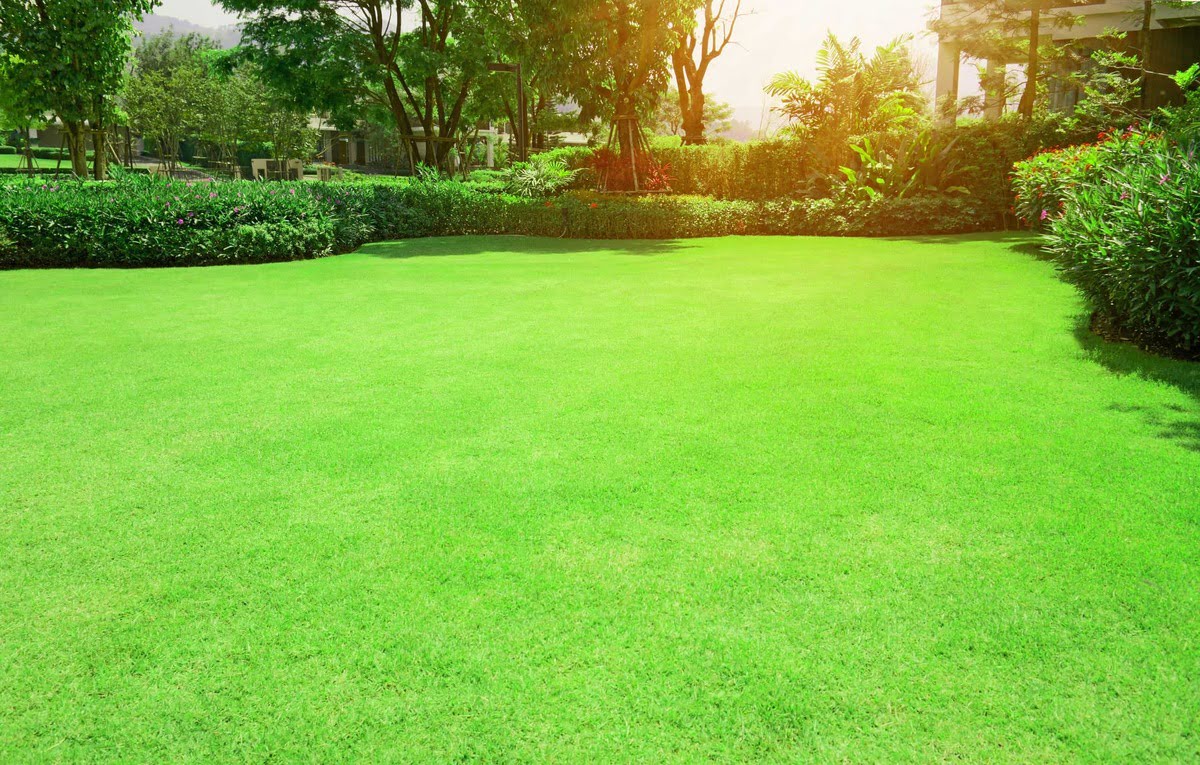
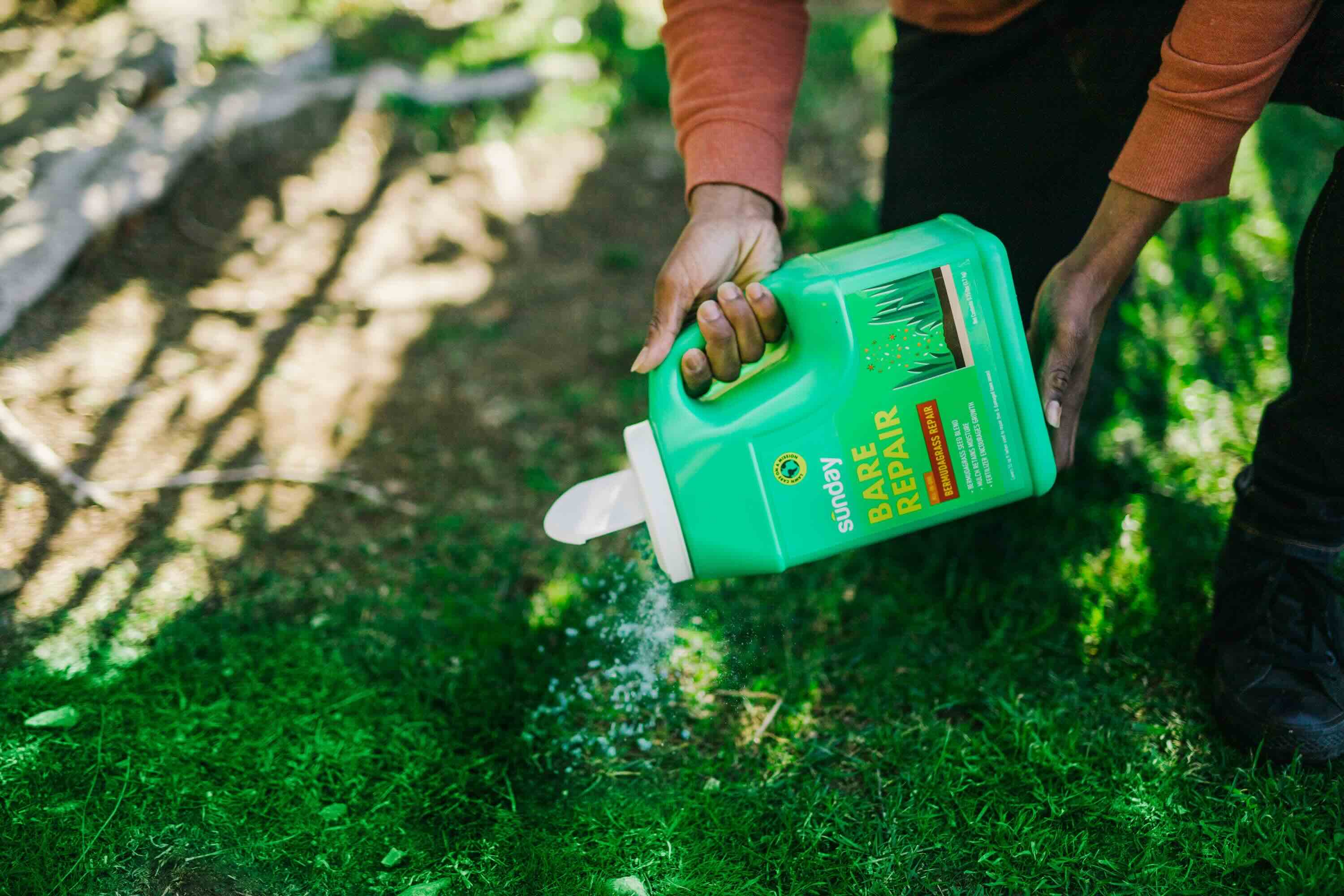
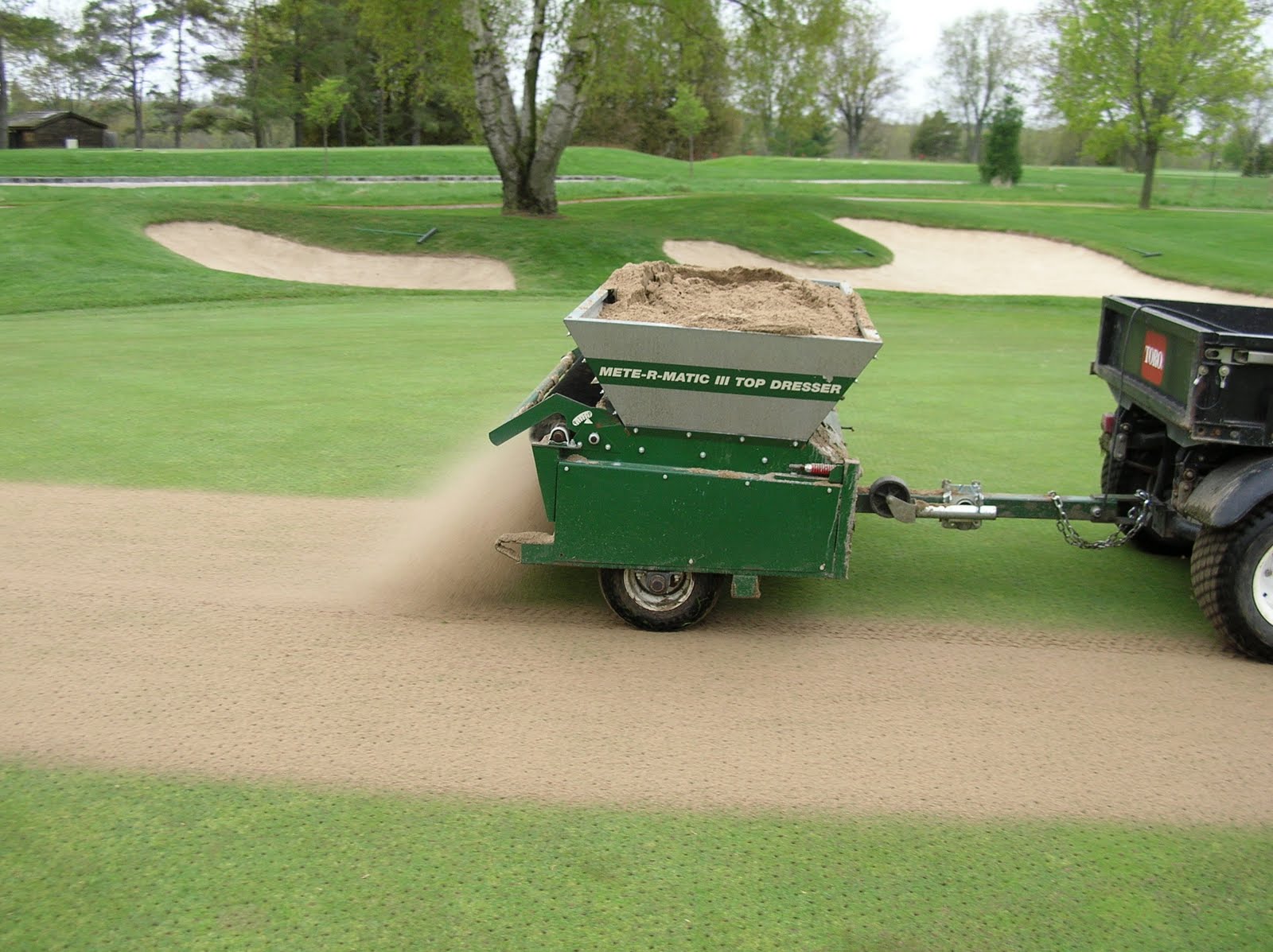
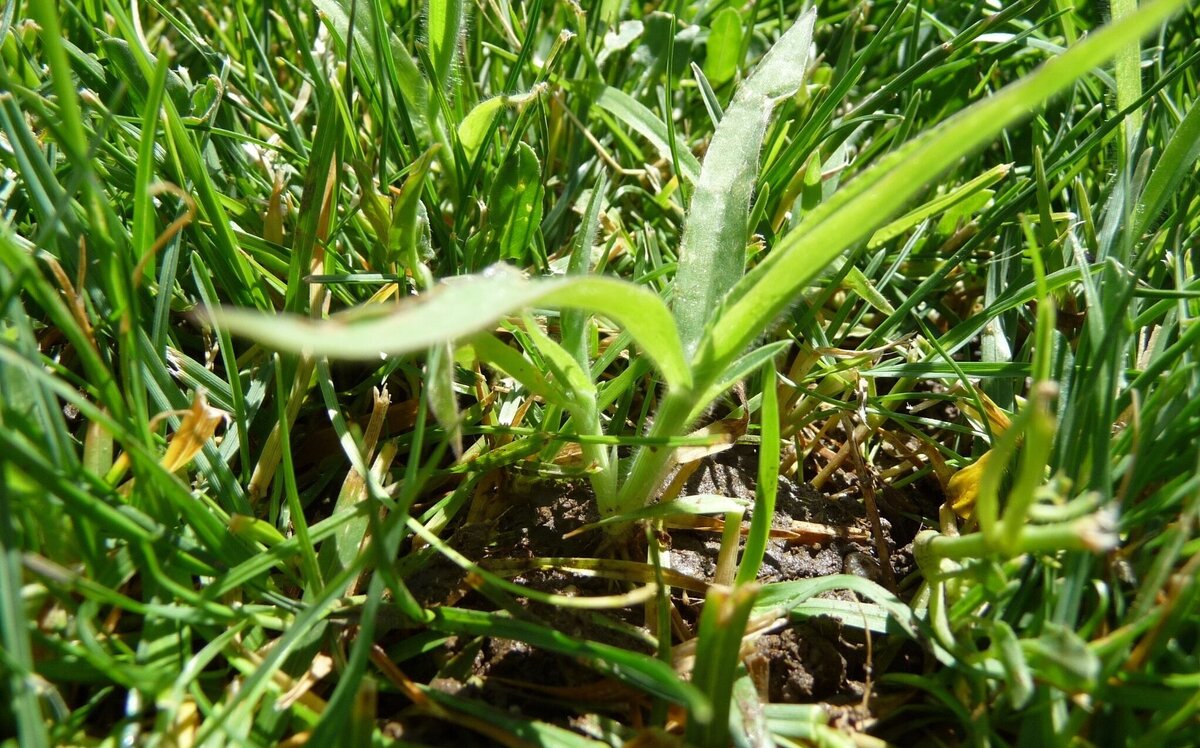
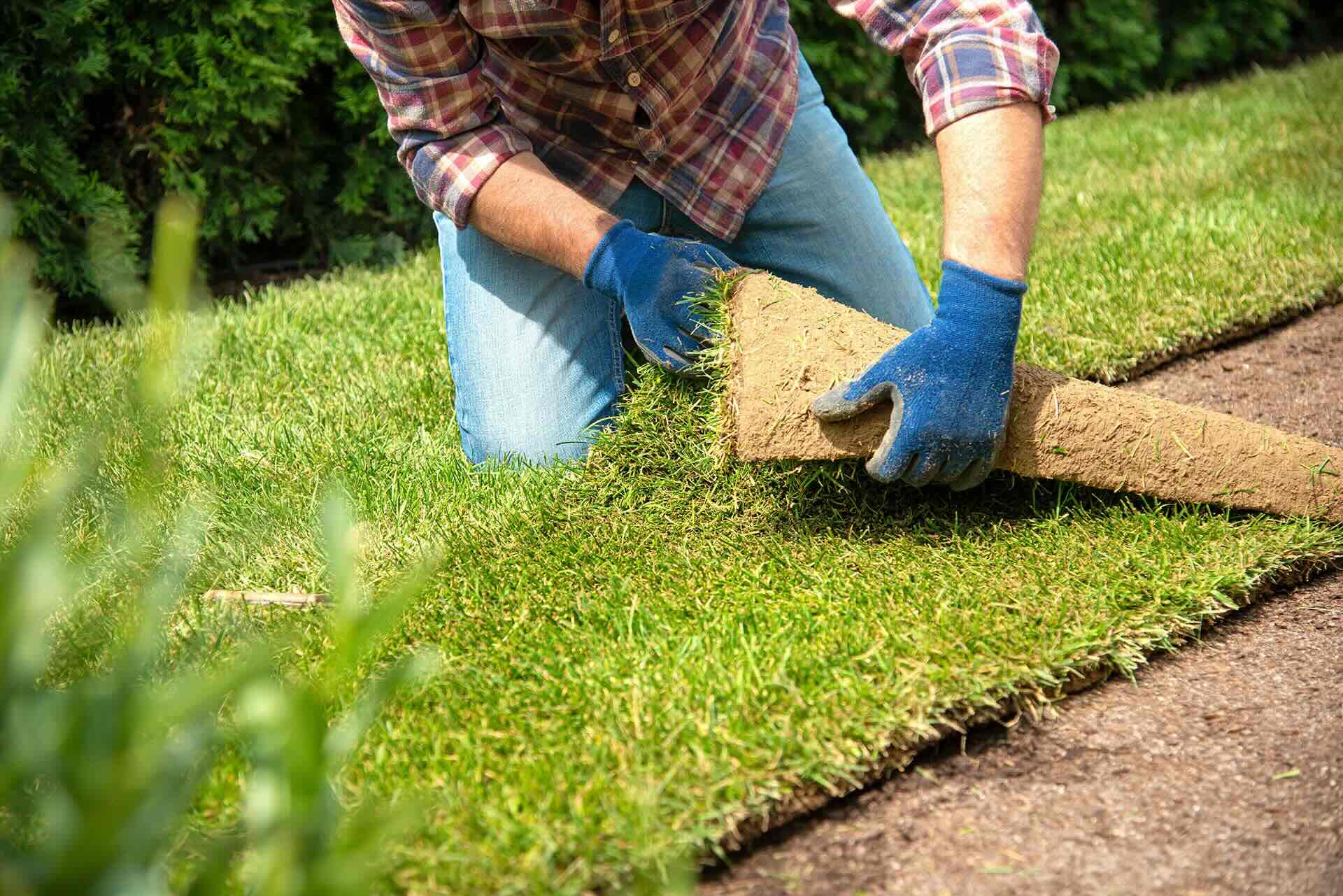
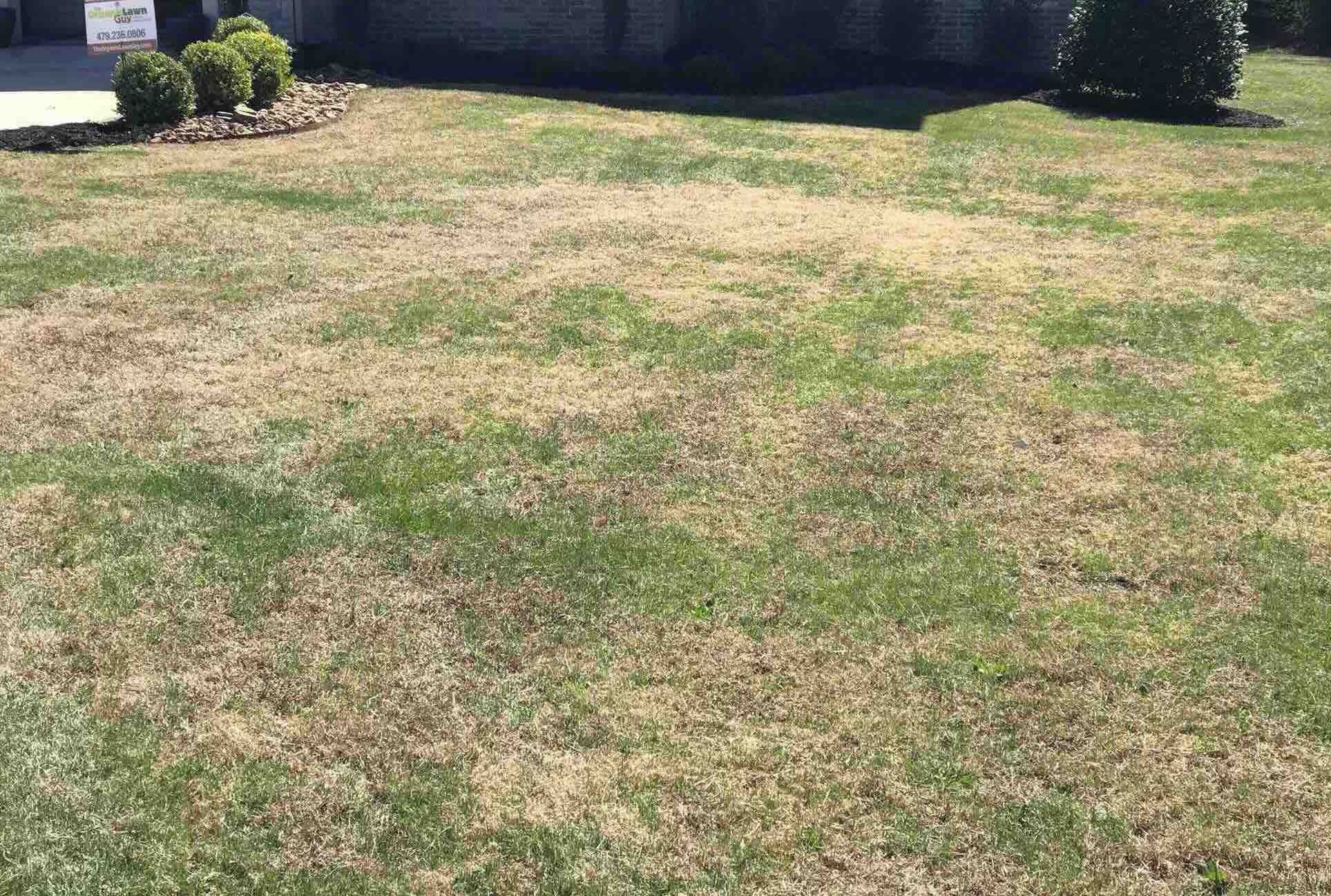
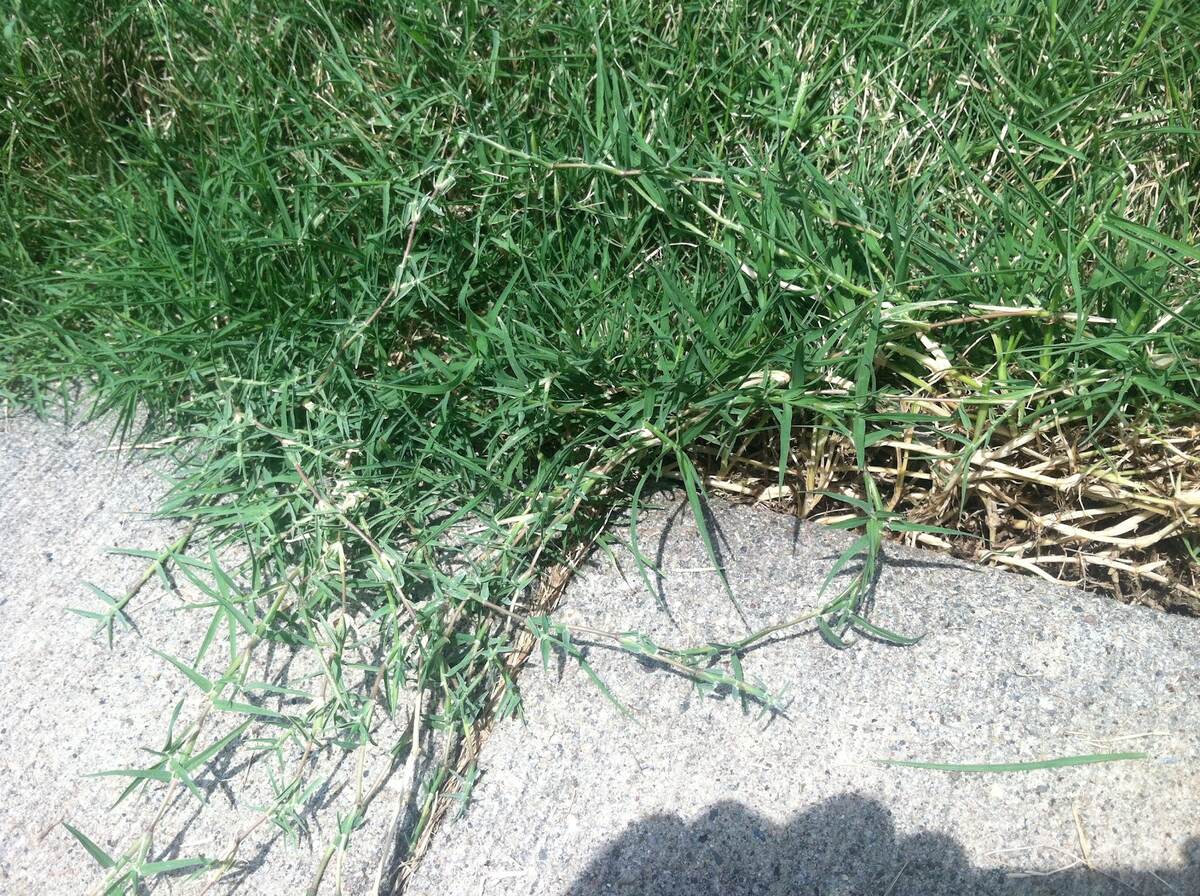
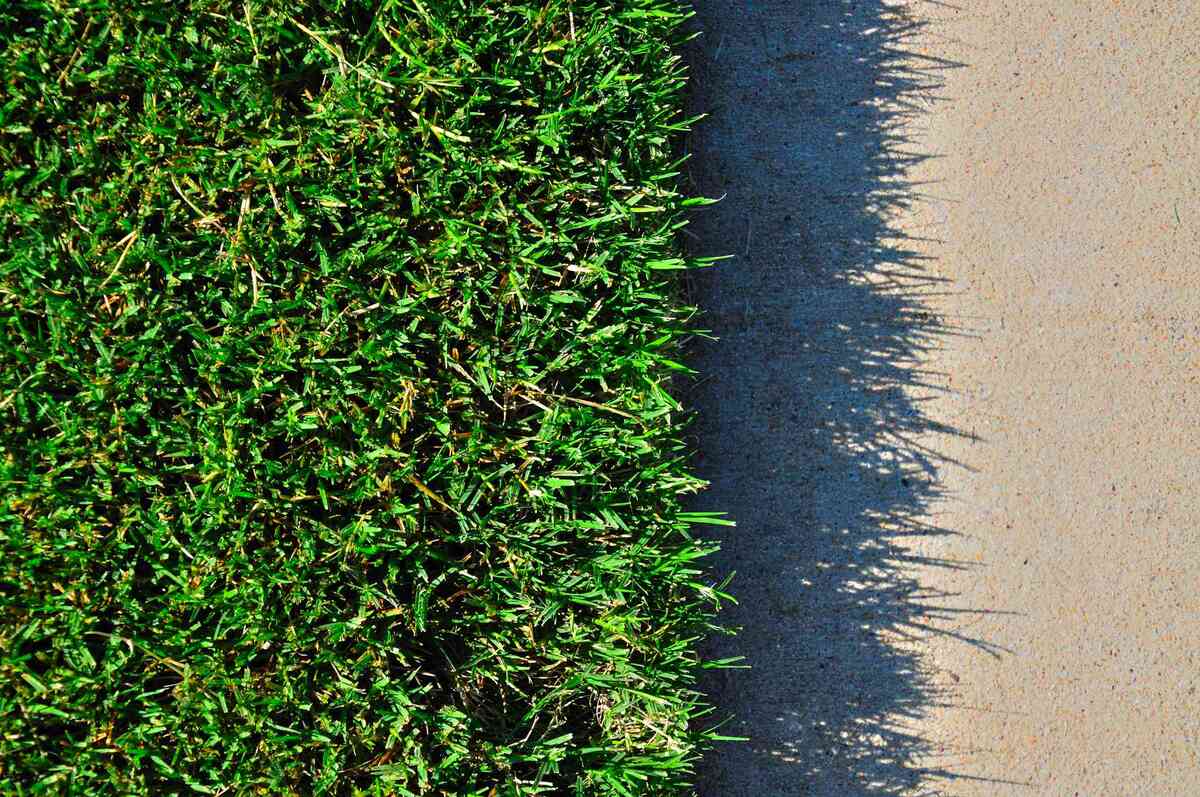
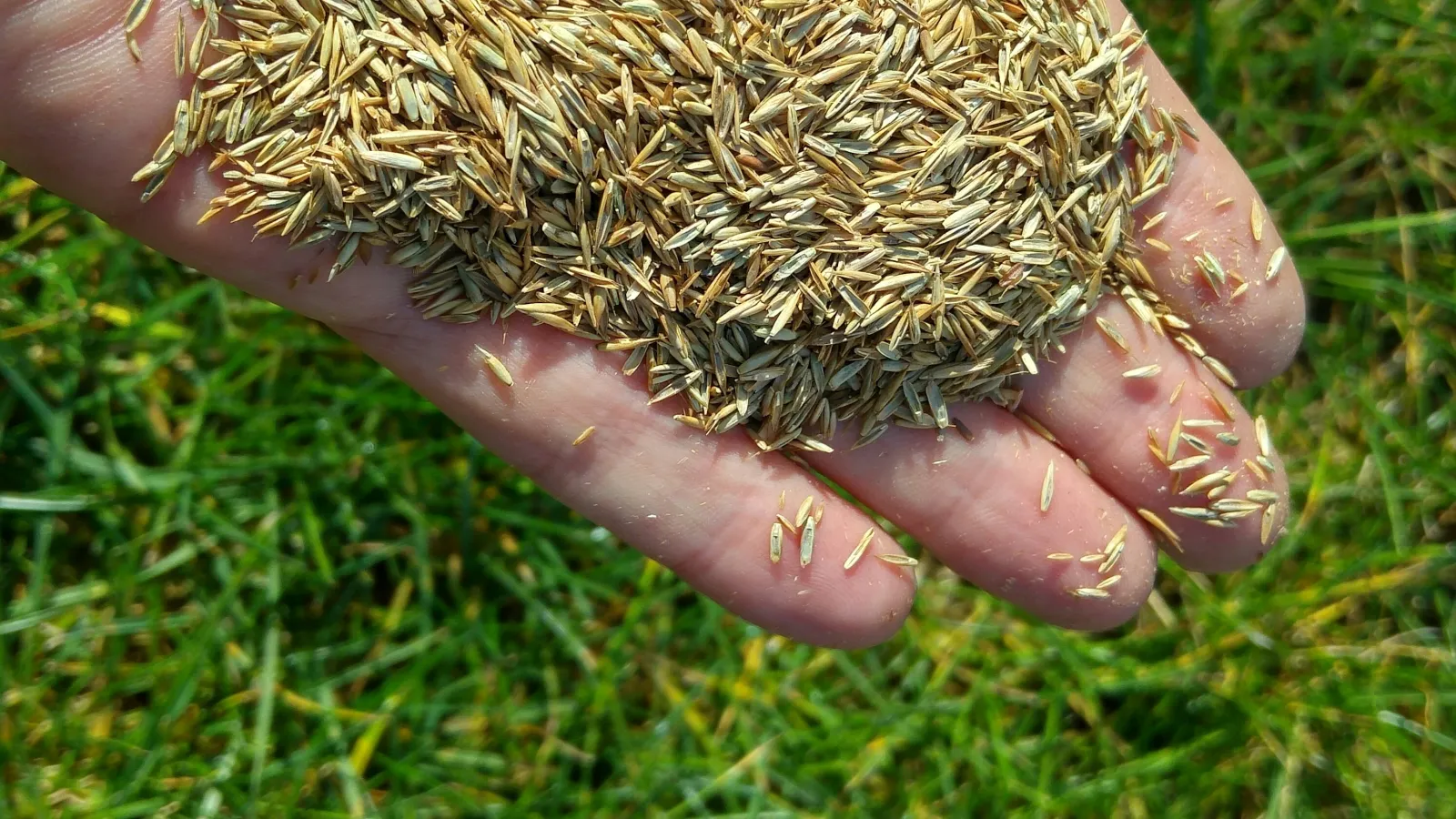
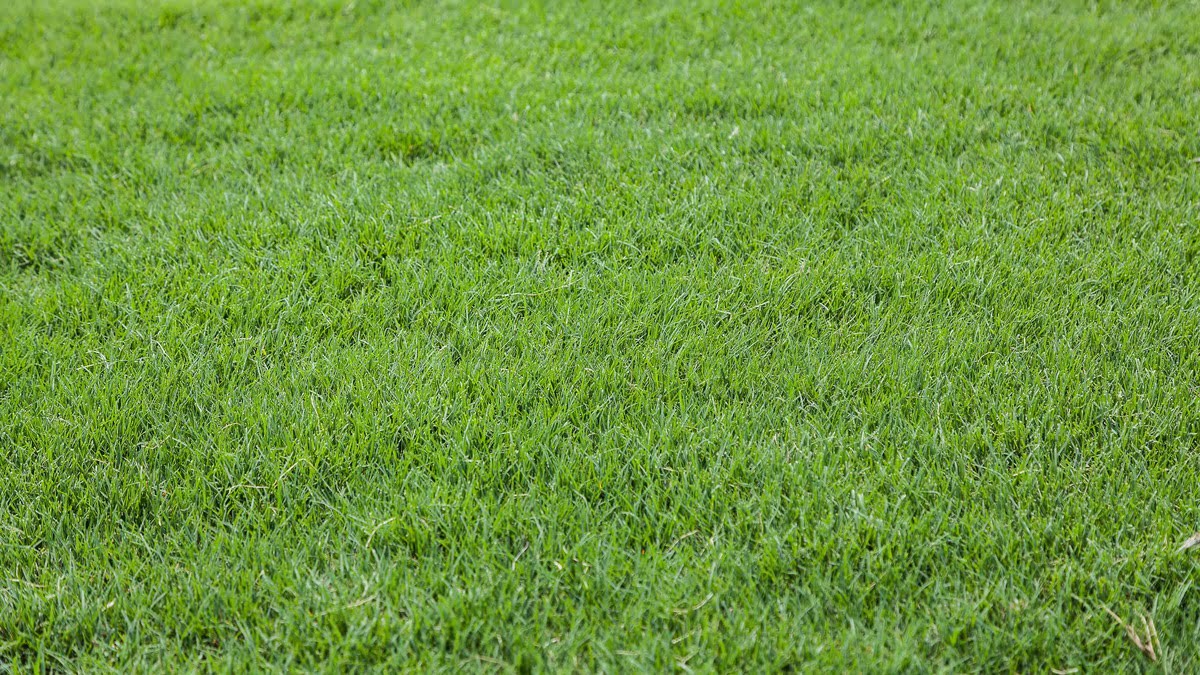

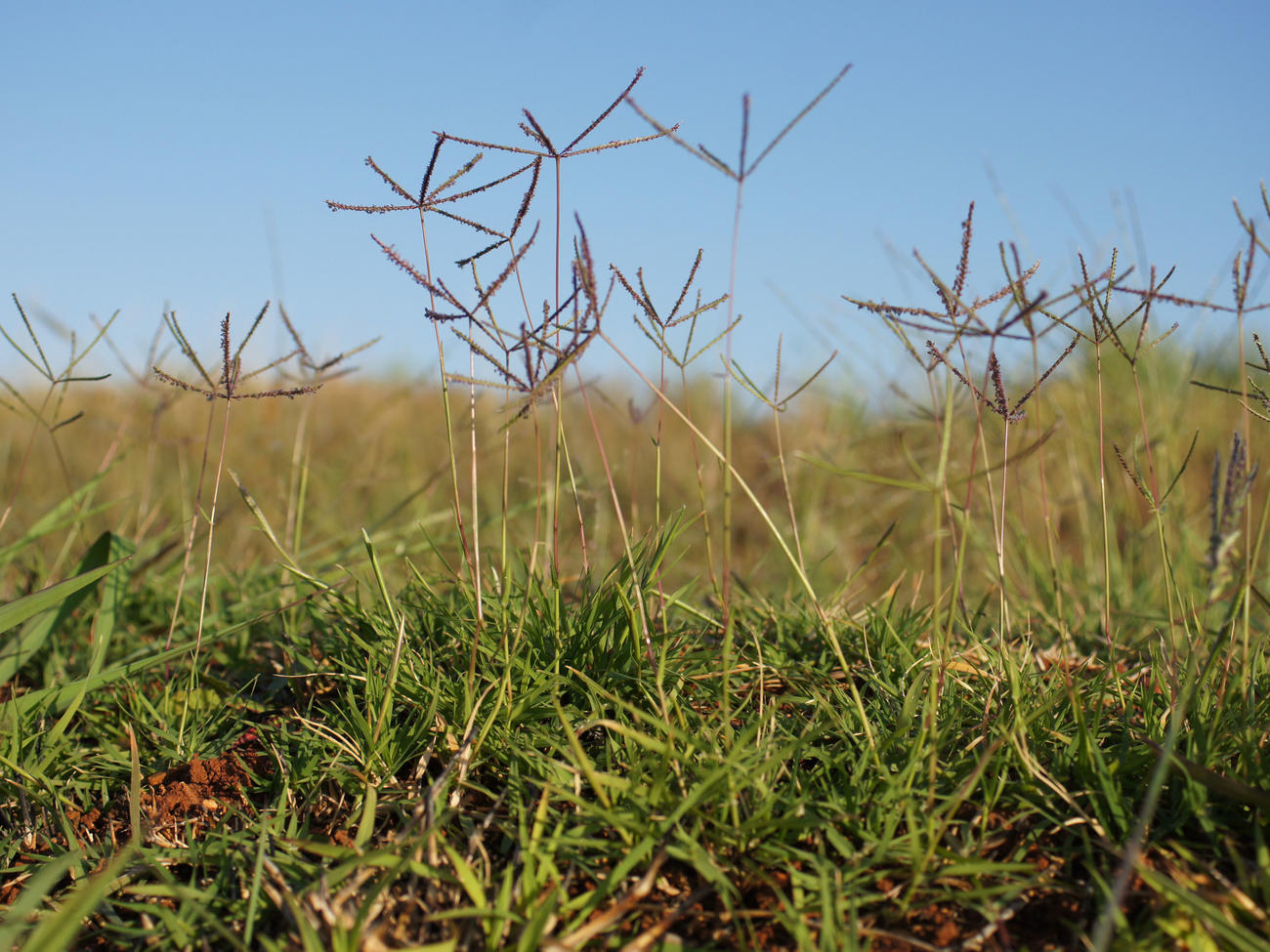

0 thoughts on “How To Identify Coastal Bermuda Grass”